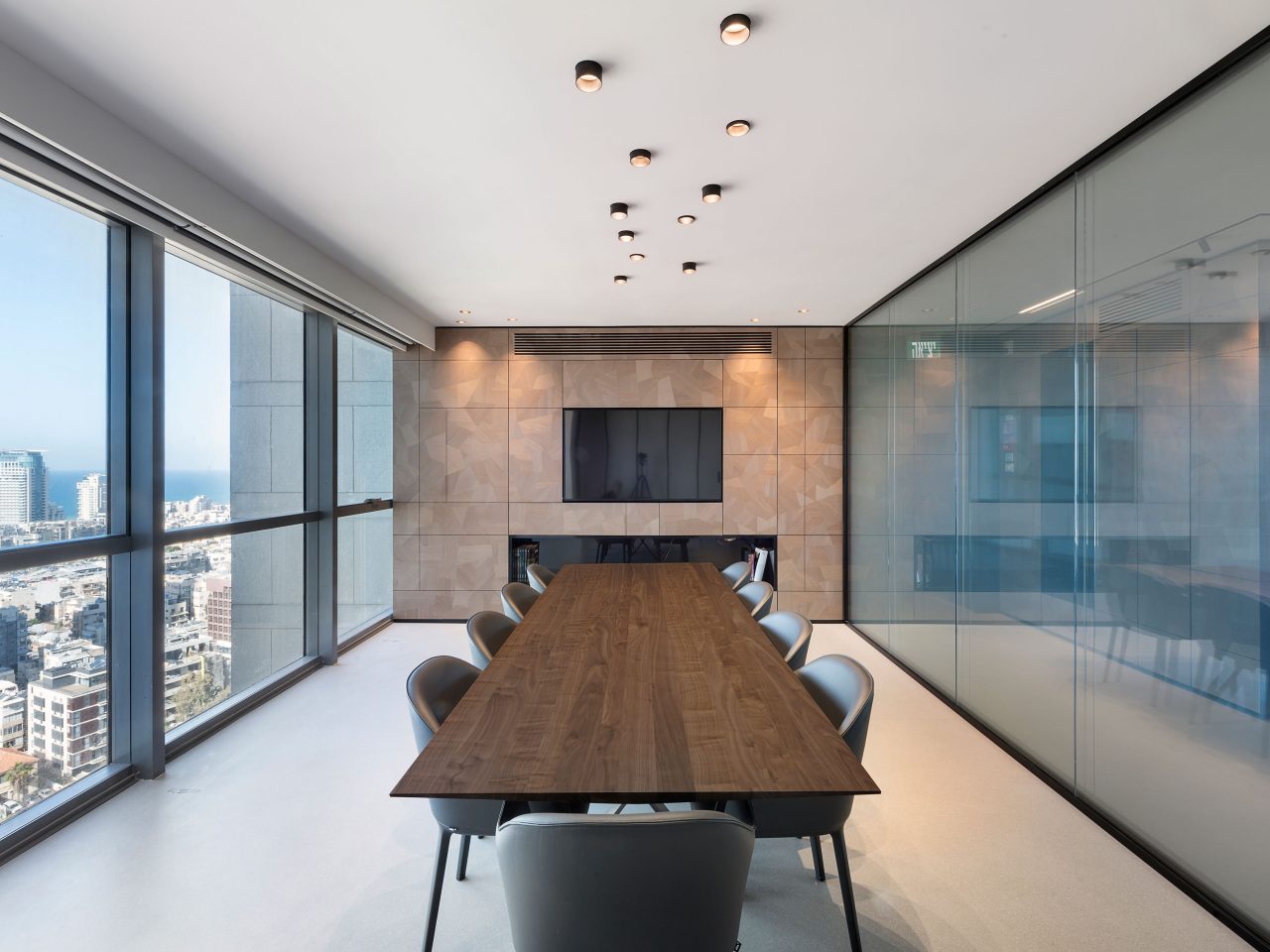Architecture for all senses
Architecture is commonly associated with aesthetic, recognisable, artistic, representative buildings. One thing is always in the foreground: the sense of sight. Because we perceive visually whether a building is aesthetic, representative or recognisable. The people who spend time in it perceive the rooms with all their senses. It makes no difference whether you perceive the room consciously or unconsciously, because you cannot resist the effect of a room.
In recent years, acoustics have seldom been an issue that architects have sought to address in their planning. Sound and noise were components of a room and only a few architecture offices included this factor. Although rooms were designed with the premise that residents, guests, customers, staff or employees should feel comfortable in them, room acoustics were not considered to be a part of well-being.
However, with the growing knowledge gained from research in the field of acoustics, one thing has become more than obvious: reduced sound not only contributes to well-being, but also to health. This means that architecture plays a key role: not only does it protect people inside the building from outside influences, but it also contributes to the health of the people who spend time there.
Architecture that combines aesthetics with the effect of having a positive impact on the quality of life is what we call HealthyArchitecture.

